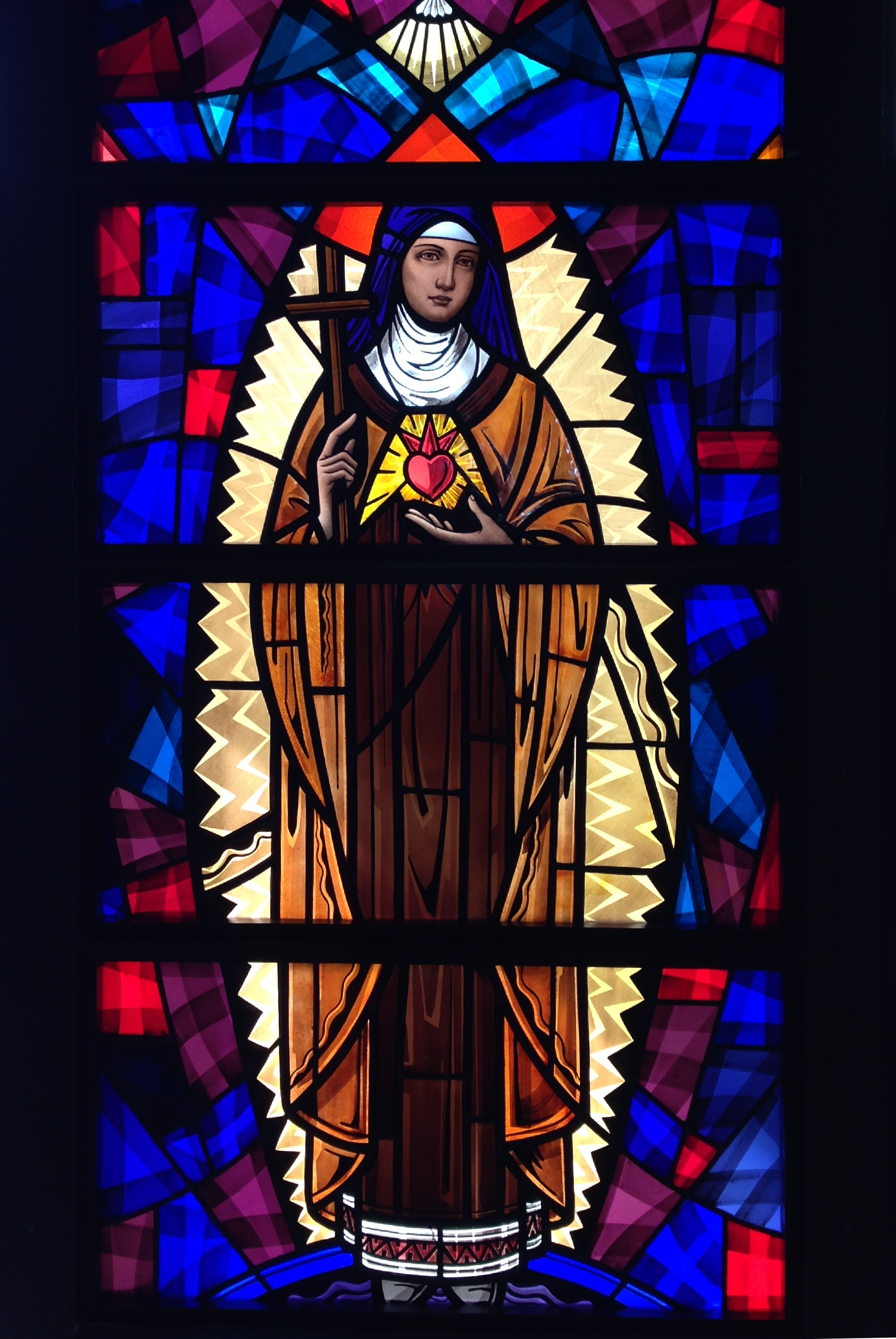Ash Wednesday marks the beginning of Lent, a season of penance, reflection, and fasting that prepares us for Christ's Resurrection on Easter Sunday, through which we attain redemption. Ash Wednesday is one of the most popular and important holy days in the liturgical calendar. It opens Lent, a season of fasting and prayer.
Ash Wednesday occurs 46 days before Easter Sunday and is chiefly observed by Catholics, although many other Christians also observe it.
Ash Wednesday comes from the ancient Jewish tradition of penance and fasting. The practice includes wearing ashes on the head, which symbolize the dust from which God made us. As the priest applies the ashes to a person's forehead, he says, "Remember that you are dust, and to dust you shall return."
Alternatively, the priest may say, "Repent and believe in the Gospel." Ashes also symbolize grief, in this case, that we have sinned and caused division from God.
Writings from the Second-Century Church refer to wearing ashes as a sign of penance.
Priests administer ashes during Mass, and all are invited to accept them as a visible symbol of penance. Even nonChristians and the excommunicated are welcome to receive the ashes, which are made from blessed palm branches.
It is important to remember that Ash Wednesday is a day of penitential prayer, and fasting. Small children, the elderly, and the sick are exempt from this observance. A person is not required to wear the ashes for the rest of the day, and they may be washed off after Mass. However, many people keep the ashes as a reminder until the evening.
Ash Wednesday is March 5th, and Masses will be at 7:30 a.m., 9:30 a.m. (School), 11:30 a.m., 4:00 p.m., and 7 p.m.
